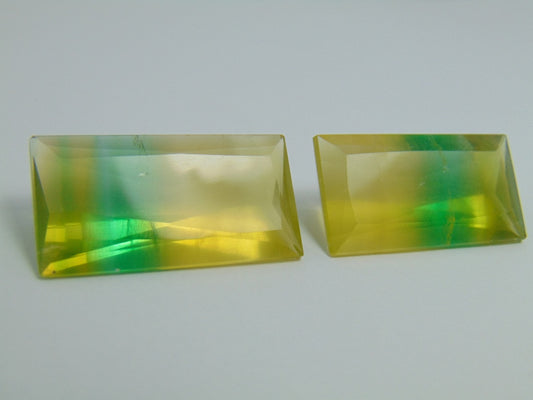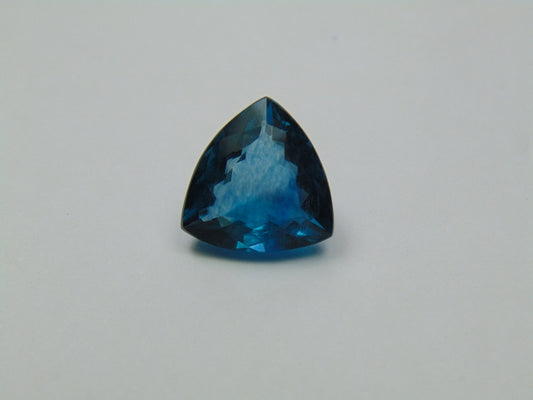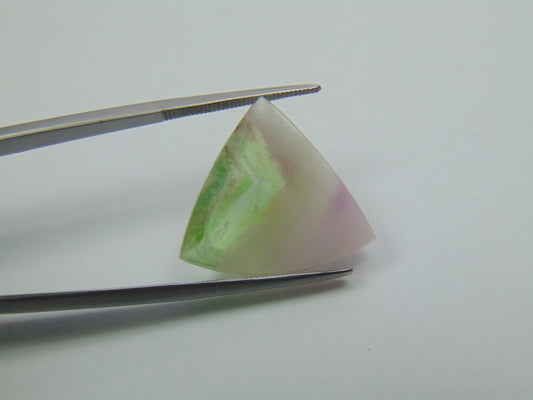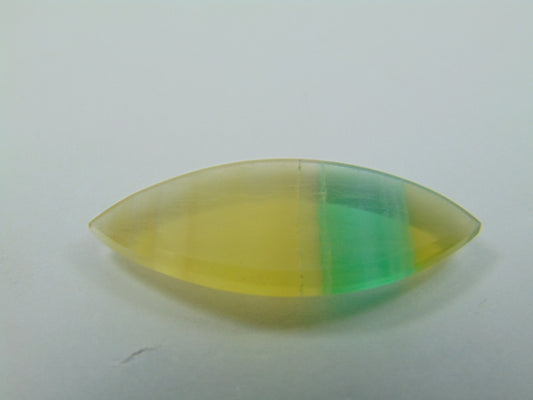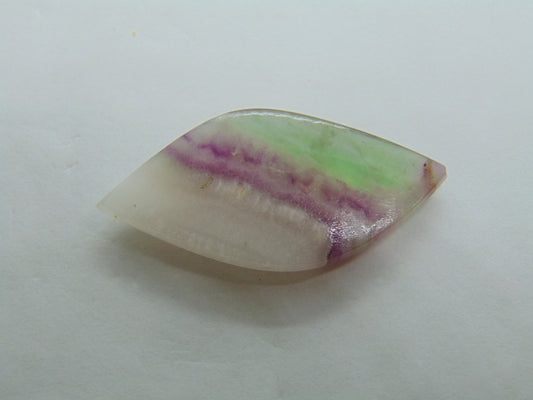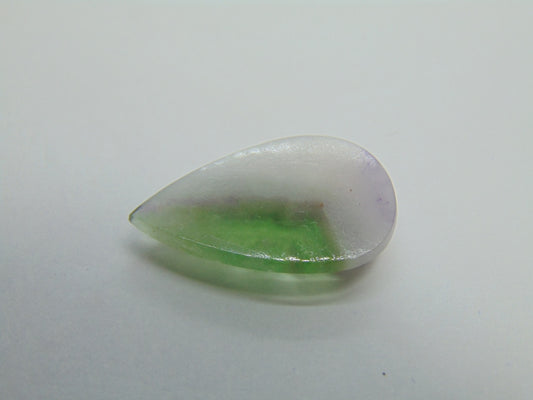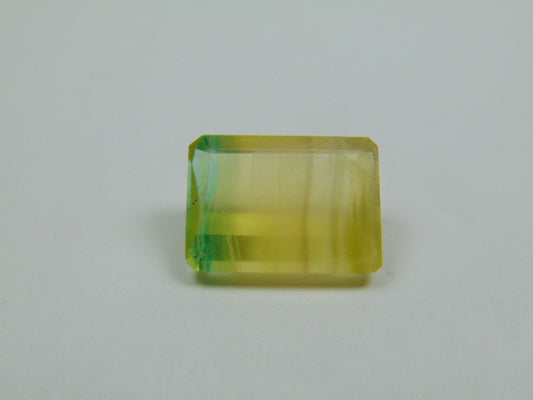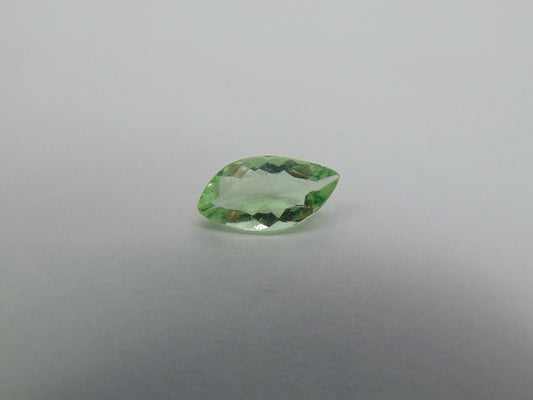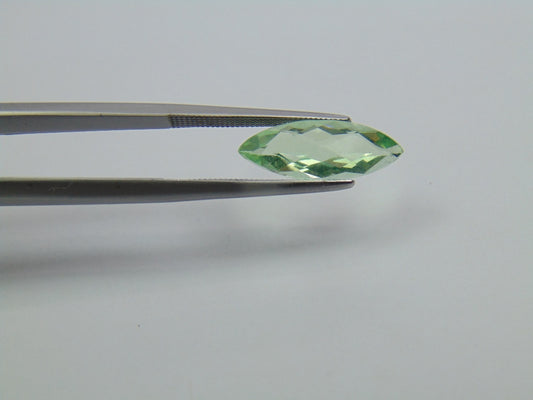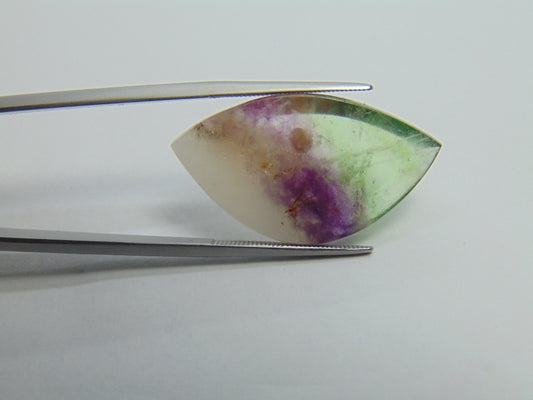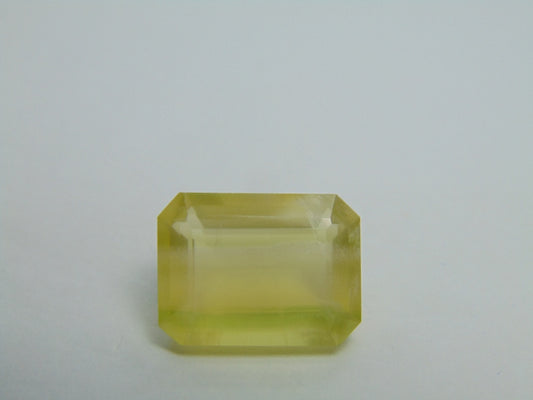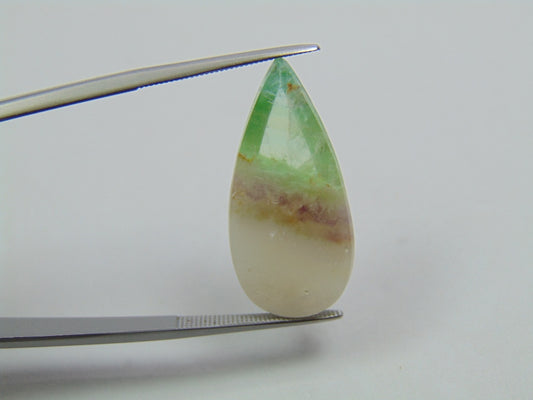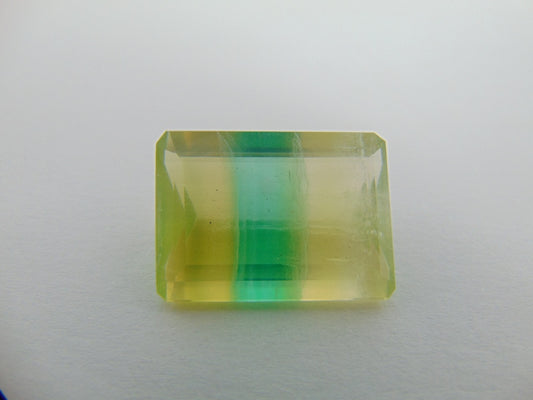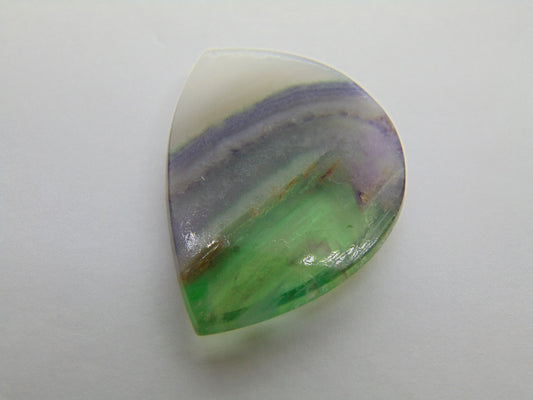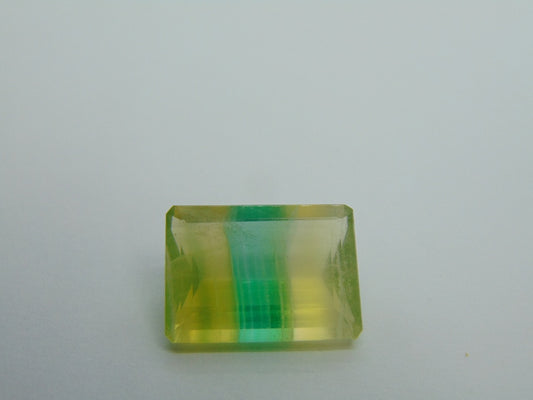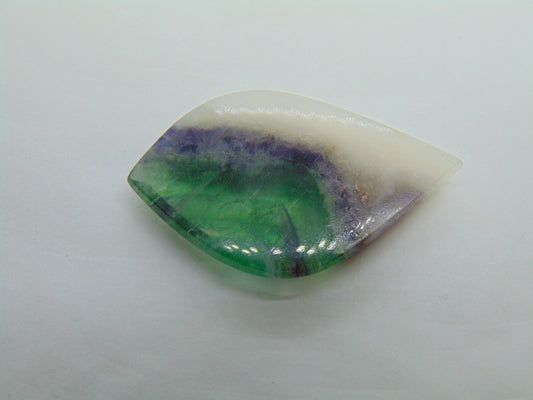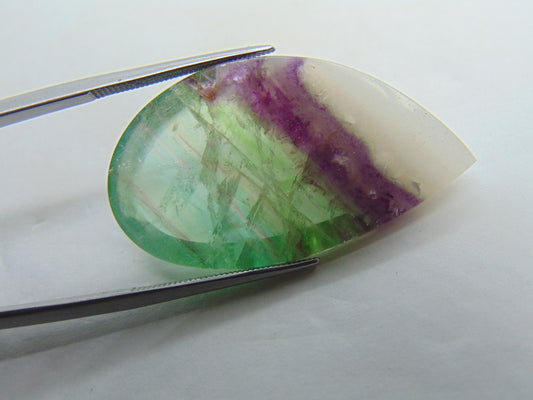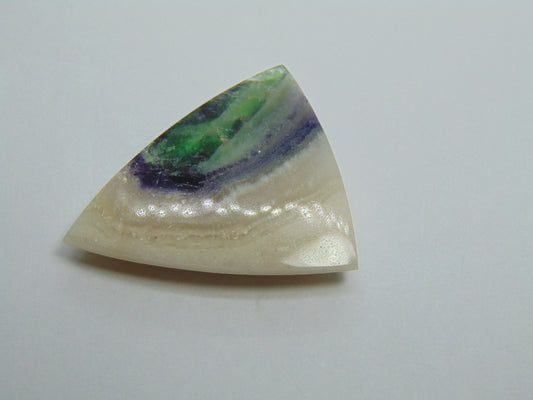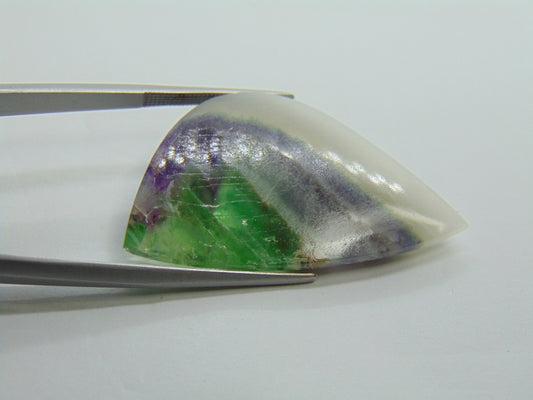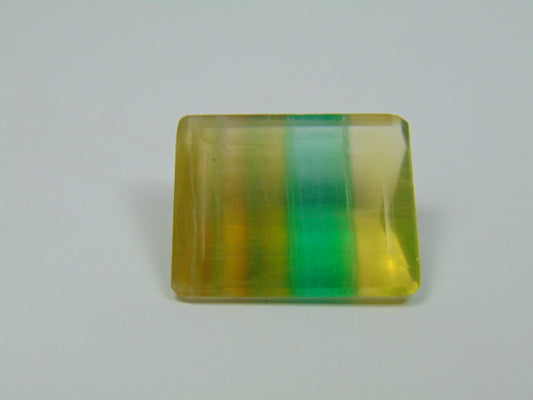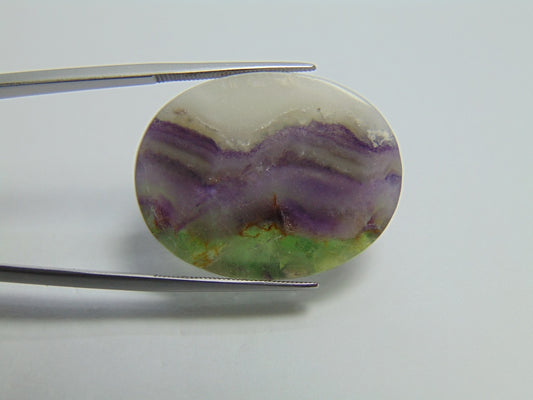Collection: FLUORITE
Fluorite derives from the Latin noun fluo, meaning a stream or flow of water. In verb form this was fluor or fluere, meaning to flow. The mineral is used as a flux in iron smelting to decrease the viscosity of slags. The melting point of calcium fluoride is 1676 K. The term flux comes from the Latin noun fluxus, a wash or current of water. The mineral fluorite was originally termed fluorospar and was first discussed in print in a 1530 work Bermannus, sive de re metallica dialogus [Bermannus; or a dialogue about the nature of metals], by Georgius Agricola, as a mineral noted for its usefulness as a flux. Agricola, a German scientist with expertise in philology, mining, and metallurgy, named fluorspar as a Neo Latinization of the German Flussspat from Fluß (stream, river) and "Spat" (meaning a nonmetallic mineral akin to gypsum, spærstān, spear stone, referring to its crystalline projections).
In 1852, fluorite gave its name to the phenomenon of fluorescence, which is prominent in fluorites from certain locations, due to certain impurities in the crystal. Fluorite also gave the name to its constitutive element fluorine. Presently, the word "fluorspar" is most commonly used for fluorite as the industrial and chemical commodity, while "fluorite" is used mineralogically and in most other senses.
In 1852, fluorite gave its name to the phenomenon of fluorescence, which is prominent in fluorites from certain locations, due to certain impurities in the crystal. Fluorite also gave the name to its constitutive element fluorine. Presently, the word "fluorspar" is most commonly used for fluorite as the industrial and chemical commodity, while "fluorite" is used mineralogically and in most other senses.
-
107ct Fluorite Pair 40x16mm
Regular price $96.30 USDRegular price -
109.70ct Fluorite Pair 33x17mm
Regular price $87.70 USDRegular price -
11.60ct Fluorite 15mm
Regular price $104.40 USDRegular price -
15.50ct Fluorite With Quartz 20mm
Regular price $15.50 USDRegular price -
18.20ct Fluorite 31x13mm
Regular price $21.84 USDRegular price -
18.40ct Fluorite With Quartz 32x15mm
Regular price $16.56 USDRegular price -
19.40ct Fluorite With Quartz 27x16mm
Regular price $29.10 USDRegular price -
19.85ct Fluorite 19x14mm
Regular price $19.85 USDRegular price -
2.90ct Fluorite 14x7mm
Regular price $20.30 USDRegular price -
2.90ct Fluorite 17x6mm
Regular price $20.30 USDRegular price -
20.20ct Quartz With Fluorite 30x17mm
Regular price $20.20 USDRegular price -
22.60ct Fluorite 19x14mm
Regular price $33.90 USDRegular price -
30.80ct Fluorite With Quartz 28x13mm
Regular price $21.56 USDRegular price -
32.50ct Fluorite 23x16mm
Regular price $32.50 USDRegular price -
32.70ct Fluorite 27x24mm
Regular price $32.70 USDRegular price -
33.12ct Fluorite 23x16mm
Regular price $23.18 USDRegular price -
36.95ct Quartz With Fluorite 37x22mm
Regular price $36.95 USDRegular price -
37.30ct Fluorite 28x18mm
Regular price $37.30 USDRegular price -
39.80ct Fluorite With Quartz 37x20mm
Regular price $27.86 USDRegular price -
40.10ct Fluorite With Quartz 34x27mm
Regular price $36.09 USDRegular price -
40.50ct Quartz With Fluorite 38x22mm
Regular price $40.50 USDRegular price -
44ct Fluorite Pair 27x12mm
Regular price $44.00 USDRegular price -
47.50ct Fluorite 25x20mm
Regular price $42.75 USDRegular price -
47.60ct Quartz With Fluorite 31x23mm
Regular price $47.60 USDRegular price


